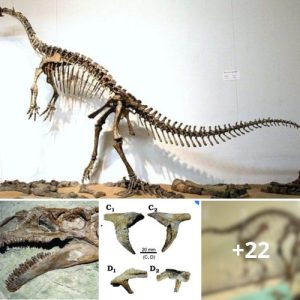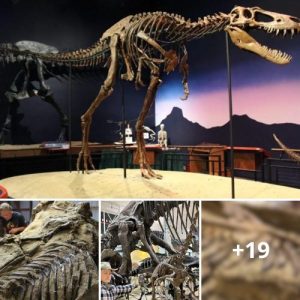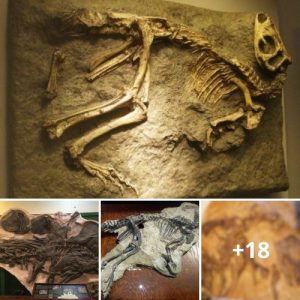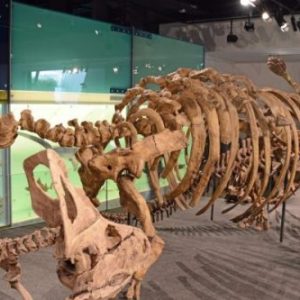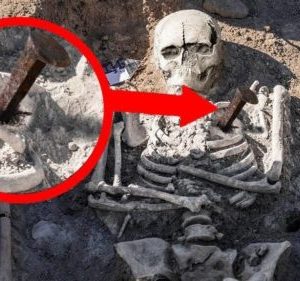Gold has captivated the human imagination for centuries. Its shimmering allure and intrinsic value make it one of the most sought-after metals in the world. While many envision gold mining as a rugged adventure filled with pickaxes and pans, modern gold prospecting has evolved into a sophisticated pursuit that combines science, technology, and the thrill of the hunt. In this comprehensive guide, we will unveil the world of gold mining, providing insights into prospecting techniques, equipment, and the art of nugget hunting.
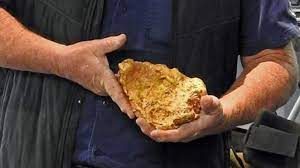
Understanding Gold
To embark on a successful gold mining journey, it’s essential to understand the nature of gold. Gold is a dense, malleable metal with a unique combination of beauty and rarity. Its chemical symbol, Au, is derived from the Latin word “aurum,” meaning “shining dawn.” Gold is found in various forms, including nuggets, flakes, and fine particles, often mixed with other minerals. The purity of gold is measured in carats, with 24 carats being pure gold.
The Geological Factors
Gold is not randomly scattered across the earth but is concentrated in specific geological formations. To increase your chances of finding gold, you must learn to read the earth’s history. Geological factors such as rock types, fault lines, and hydrothermal deposits play a crucial role in gold deposition. Learning about the geological history of your prospecting area is a fundamental step.
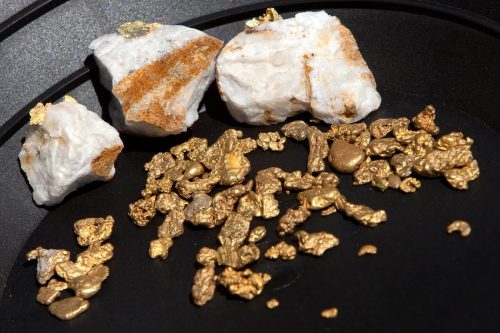
Tools of the Trade
Prospecting for gold requires a range of specialized tools and equipment. These include:
- Metal Detectors: Modern metal detectors are highly sensitive and can detect even small traces of gold buried beneath the ground.
- Gold Pans and Sluice Boxes: These are used to separate gold from other sediments and materials. They rely on the principle of density separation.
- Dredges and Highbankers: These machines are used for more extensive operations, especially in riverbeds or streams, to recover gold.
- Geochemical Kits: These kits help prospectors analyze soil and rock samples for gold content.
- Topographic Maps and GPS: Understanding the lay of the land is crucial for successful prospecting.
- Safety Gear: Never forget safety essentials like helmets, gloves, and boots when working in the field.
Research and Planning
Before setting out on your gold mining adventure, meticulous research and planning are essential. Consider factors such as:
- Location: Choose your prospecting location wisely based on geological data and accessibility.
- Regulations: Be aware of local mining regulations and permitting requirements.
- Weather: Plan your trips according to weather conditions for safety and comfort.
- Access and Logistics: Ensure you have the necessary transportation and supplies for your expedition.
The Art of Prospecting
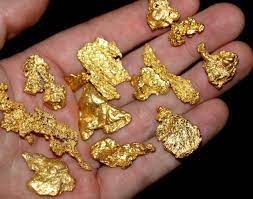
Prospecting is both a science and an art. While technology can aid in the process, intuition, and experience also play a significant role. Some tips for effective prospecting include:
- Sampling: Take samples from different locations and depths to increase your chances of finding gold.
- Targeting Hotspots: Focus on areas with signs of previous gold discoveries, such as old mining operations or geological indicators.
- Persistent Observation: Patience is key; watch for changes in soil color, mineral patterns, or geological formations.
Nugget Hunting
Nugget hunting is the ultimate thrill for gold prospectors. Nuggets are pure gold, often found near the surface, in cracks and crevices. To succeed in nugget hunting:
- Use Metal Detectors: Modern detectors can pinpoint the exact location of gold nuggets.
- Search Near Water: Gold nuggets tend to accumulate in waterways and riverbeds.
- Mind the Surroundings: Look for indicators like quartz veins, which can be associated with gold deposits.
Conclusion
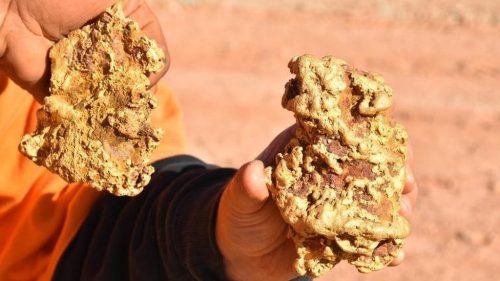
Gold mining and nugget hunting offer a blend of science, technology, and adventure that continues to captivate enthusiasts worldwide. To become a successful prospector, one must understand the geological factors at play, employ the right tools, conduct thorough research, and hone the art of prospecting. Whether you seek the elusive thrill of finding a gold nugget or simply enjoy the process of uncovering this precious metal, the world of gold mining is as rich and rewarding as the metal itself. So, prepare your equipment, embark on your journey, and uncover the treasures hidden beneath the earth’s surface.

